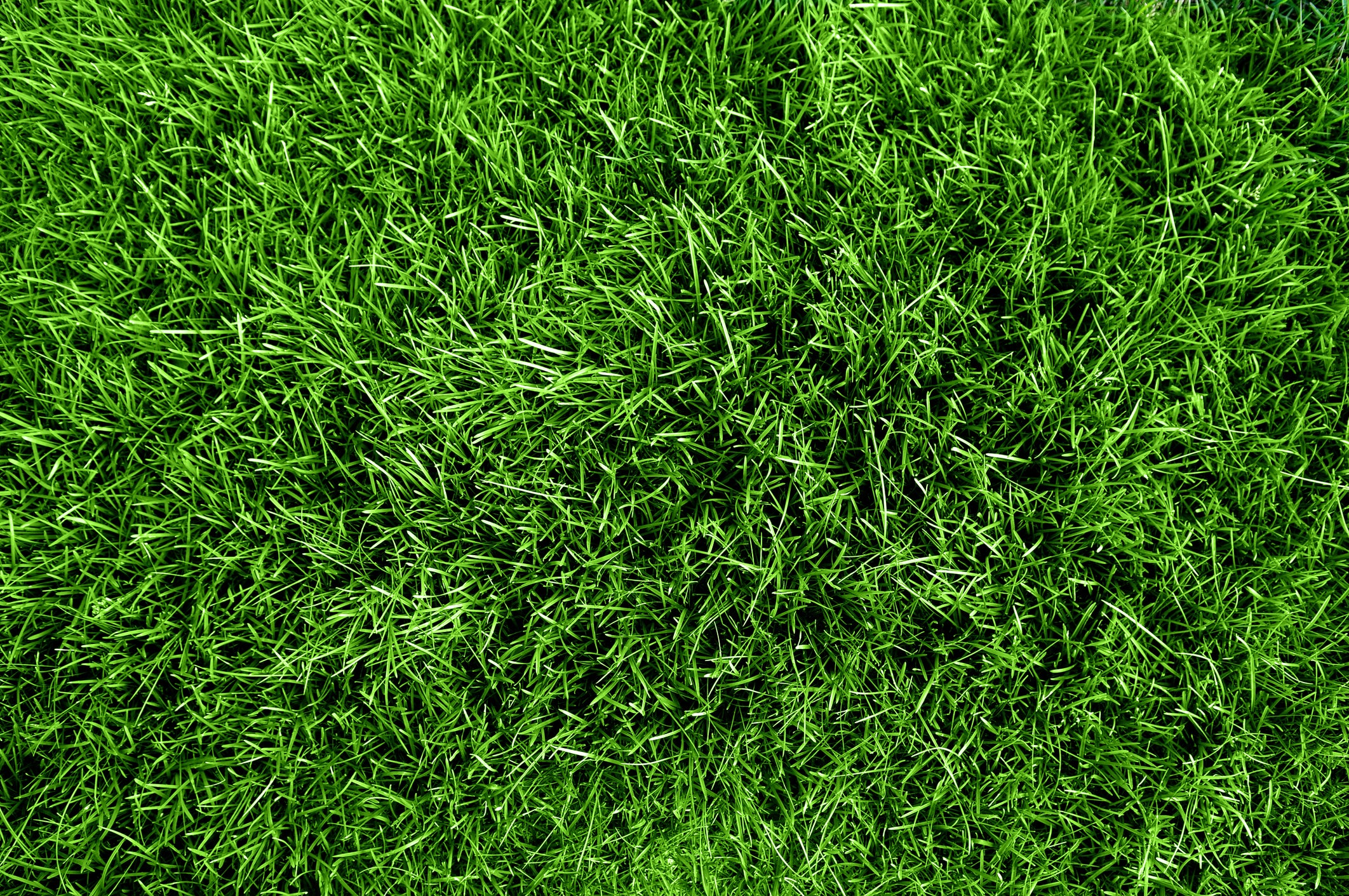How does grass stay green and are apple pips poisonous?
We explore the curious questions that science can answer

How does the grass stay green?
Grass is a plant that contains different cells, many of which contain chloroplasts – the part of the plant which uses light to make sugar (which the plant then uses for food). Inside these chloroplasts is a substance called chlorophyll which allows the chloroplast to use light. Light is made up of different colours, which is why you see sunlight as white (all of these colours mixed together). The chloroplast uses all the components of the light except the green part, which is why you see grass as green.
How many seeds does a raspberry have?
A raspberry flower has numerous carpels arranged in a spiral, and every carpel has two ovules in it. The fruit is a compound structure and every drupelet (the succulent, lumpy bit) in it has a single seed. The actual number of seeds will depend both on the size of the whole compound fruit and on the size of the individual drupelets/fruitlets that comprise it. So a large fruit with many small drupelets will have many more seeds that a small fruit with a few large drupelets. On a reasonably vigorous plant with medium-sized fruits there will be about 50 seeds/drupelets.
How much carbon dioxide is taken in by a tree in an hour?
This depends on the leaf surface area and the level of photosynthesis occurring (which regulates the concentration gradient between the outside and inside of the leaf). In turn the rate of photosynthesis is dependent on the species, nutrient levels and incident light levels. For a 100-year-old beech, for example, the rate is about 2.3kg per hour.
How do seed banks store seeds?
Seeds of the “orthodox” kinds are dried down to about 15 per cent moisture content, and then stored in deep-freeze at -200C. (The temperature of liquid nitrogen is -196C.) The moisture has to be removed so the water doesn’t damage the cell walls as it freezes, because it expands. Some kinds of seeds can be dried further and then stored in it, but structural changes – for example in seed coats – may occur.
Why do bananas change from green to yellow when they ripen?
During the ripening process, fruit produces ethene, a gas which permeates the cells of the edible parts. That makes the fibres in the fruit break down so the fruit goes soft. It also converts the starch to sugar, making the fruit sweet, and destroys the chemical that makes the fruit green – chlorophyll – so that other colours can come out.
In the banana’s case, that colour is yellow. By controlling the gene that switches on ethene production, scientists can dictate how fast, or even if, fruits ripen.
Are apple pips poisonous? If so, how dangerous are they?
Apple pips actually contain cyanide, and you can be poisoned by them if you eat too many – though it would take about a cupful. You might be sick of apples by then.
Join our commenting forum
Join thought-provoking conversations, follow other Independent readers and see their replies
Comments
Bookmark popover
Removed from bookmarks